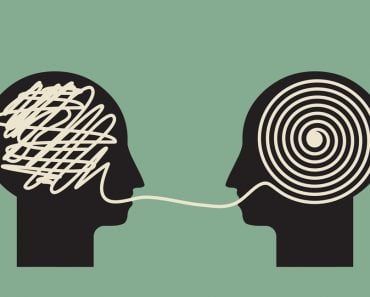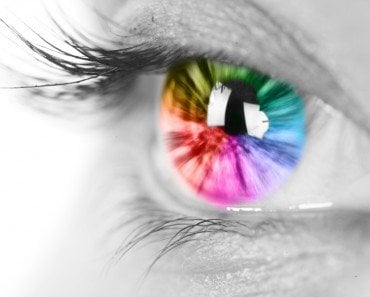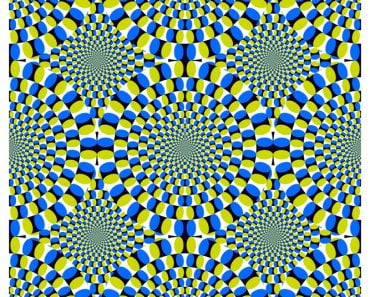Table of Contents (click to expand)
The retailer of the dress confirmed that the real color of the ‘Lace Bodycon Dress’ was actually blue and black. So, although the dress is blue and black, your unconscious overthinking makes you see it as white and gold.
Do you ever wonder if your perception of colors is the same as others? It turns out that people can see colors differently. The Dressgate#2015 incident is a perfect example of this.
The picture of a striped dress was posted online, and people couldn’t agree on its color. Some said it was blue-black, others saw it as gold and white, and a few even saw it as brown and blue.
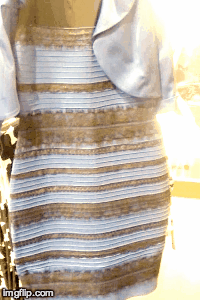
The debate was so intense that people even thought they were colorblind. In the end, the dress was really blue and black.
Vision science can help us understand why people see colors differently.
Recommended Video for you:
Our Brain On ‘The Dress’
Researchers and scientists who study the visual system were equally puzzled by this rare color illusion. There have been extensive studies of ambiguous figure illusions (e.g., face/vase, duck/rabbit) that have helped scientists reveal mechanisms and principles of human visual perception, but this color phenomenon is slightly more unique.
The dress illusion presented a rare opportunity, as the illusion was related to color. Color is the wavelength or frequency at which light is reflected off a surface. However, the dress surely reflected the same amount of light for everyone, so it was clear that the difference arose later, once an individual’s brain began processing the wavelengths.
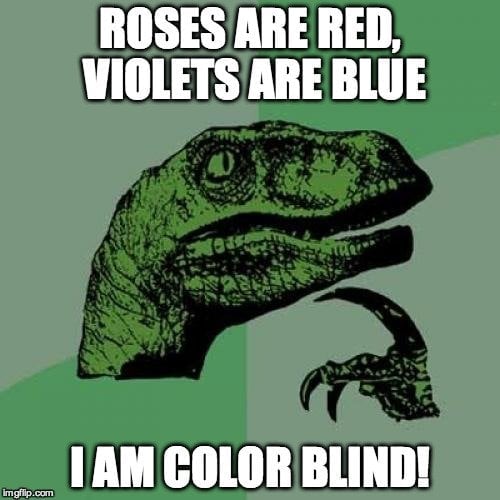
Now, scientists also think that people’s familiarity with the amount of light in a given environment may guide their judgments about color. Hence, people who are more frequently exposed to daylight are more likely to make adjustments to their judgments about a wavelength by thinking about how daylight will interact with the wavelength. That is how some people reach a decision about the color they see and therefore perceive the dress as gold and white. In contrast, those who are more frequently exposed to artificial or incandescent light do not make these mental adjustments and perceive the color of the dress as it is – blue and black.
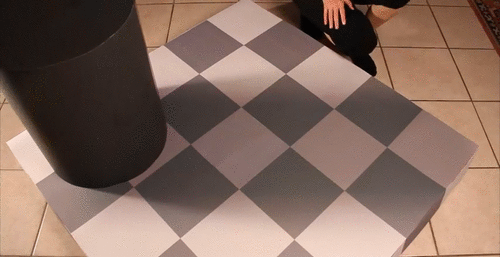
A neuroimaging study has also identified the differences in brain regions that are activated between those people who judge the dress as gold-white or blue-black. Greater amounts of activity have been noted over the frontal and parietal regions only in those people who judge it as gold-white.
This additional activation is possibly indicative of the extra effort that white-gold perceivers make to factor in daylight, which leads them to come to the wrong conclusions about color.
Are Blue/Black And White/Gold Brains Different?
No! Thus far, research suggests that the difference arises because you use your brain differently. The Dress illusion reminds us of the fallacies inherent in our visual sense and the existence of individual differences in our abilities of perception. So, although the dress is blue and black, your unconscious overthinking makes you see it as white and gold.
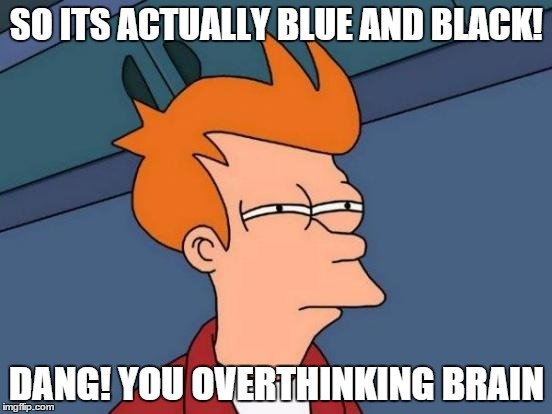
The next time you want to insist that you’re right and win a fight over the shade of color on a wall, dress, or car…check whether or not you’re analyzing things properly before you waste your time on an endless argument!
Last Updated By: Ashish Tiwari



